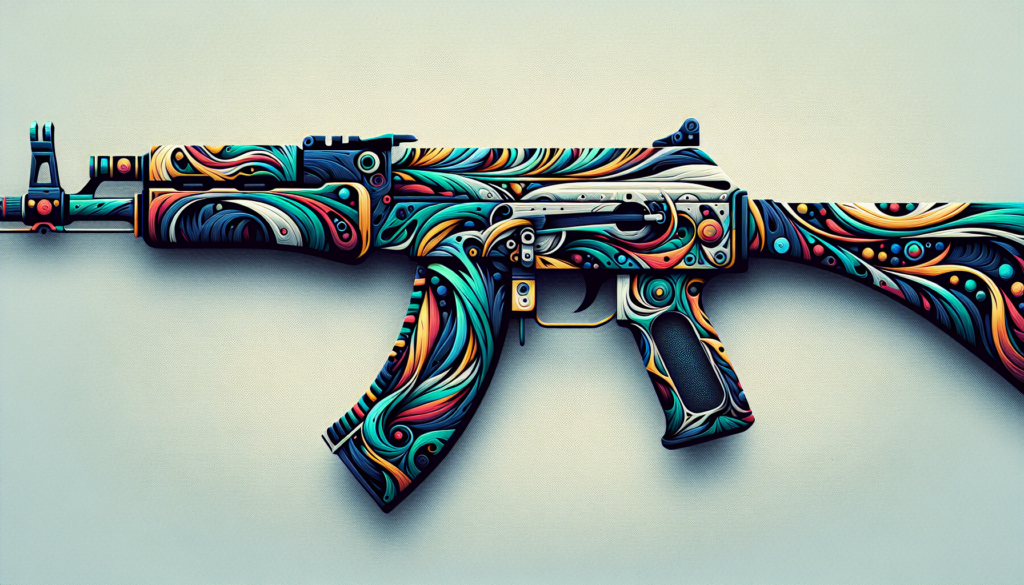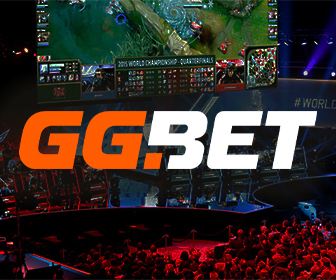In the realm of CS:GO, skins are more than mere decorative items; they symbolize status, prestige and skill within the gaming community. These digital adornments, which alter the appearance of weapons, have created a sub-economy that mirrors real-world financial markets. The scarcity of certain skins heightens their desirability, propelling players into a fervent battle for the best case, each of which contains in-demand skins. This desire for rarity fuels an ongoing competition among players eager to own these coveted items and platforms like CS:GO Luck play a crucial role in facilitating this competition, offering players the chance to engage in strategic case battles to acquire rare skins.
Rarity and Its Influence on Value
The concept of rarity plays a pivotal role in determining the value of CS:GO skins. Similar to collectibles in other domains, rarity influences both perceived and market value. Skins are categorized by their availability, with rarer items fetching higher prices in online marketplaces. This scarcity not only enhances their appeal but also drives significant in-game investment. Players often find themselves deliberating over case openings and trades, assessing potential returns on these virtual commodities.
Furthermore, the excitement surrounding rare skins extends beyond individual ownership. The potential to acquire a rare item through case openings creates a thrilling experience akin to gambling. As players seek out these rare treasures, they contribute to an economic cycle where demand continuously influences supply dynamics. The allure of potentially lucrative finds keeps engagement high and the community vibrant.
This dynamic has led to a sophisticated ecosystem where players not only engage with the game for entertainment but also as participants in a virtual economy. Skins become tradable assets with real-world value implications, affecting both player behavior and broader market trends.
Impact on Player Decisions and Gaming Economy
The quest for exclusive skins significantly impacts player decisions within CS:GO. With each case opened or trade completed, players weigh their odds against potential rewards, making calculated choices that reflect broader economic principles. This behavior showcases how virtual economies mimic real-world financial systems, where risk assessment and investment strategies play crucial roles.
The demand for these sought-after skins also influences player interactions and marketplace dynamics. As players vie for ownership of rare items, trading becomes a strategic endeavor akin to stock market speculation. This competitive atmosphere fosters a sense of community while simultaneously driving individual aspirations toward acquiring prestigious items.
Moreover, the economics behind skin trading can affect game development decisions and updates. Developers are tasked with balancing rarity with accessibility to maintain both engagement levels and market stability. This delicate equilibrium ensures that while exclusive items retain their allure, new players can still participate meaningfully in the community.
The Trend of Acquiring Rare Skins
The ongoing trend of obtaining rare CS:GO skins has broader implications for in-game economies and player satisfaction. As players continue to engage in this digital treasure hunt, the mechanics behind case openings evolve to keep pace with demand and maintain interest. This trend reflects larger shifts within gaming communities toward more immersive economic interactions.

F1afecc9 5f01 4ca2 Ad0f 490fad140609
Additionally, this pursuit for exclusivity drives innovation within game design, as developers introduce new features to enhance player experience and sustain engagement levels. These innovations often involve creating new ways to acquire or showcase rare items, further entwining gameplay with economic elements.
The competition for rare skins underscores how virtual economies have transcended their initial roles as mere game mechanics to become central elements of player identity and satisfaction. By navigating these complex systems, players become active participants in shaping the evolving landscape of digital economies.
Conclusion
In conclusion, the allure of rare CS:GO skins goes beyond their visual appeal, deeply impacting the game’s economy and player behavior. The blend of rarity, value and the thrill of the hunt keeps players engaged, fostering a robust marketplace and community. As the gaming industry evolves, so too will the dynamics surrounding these coveted items, ensuring that the fascination with rare skins endures.

